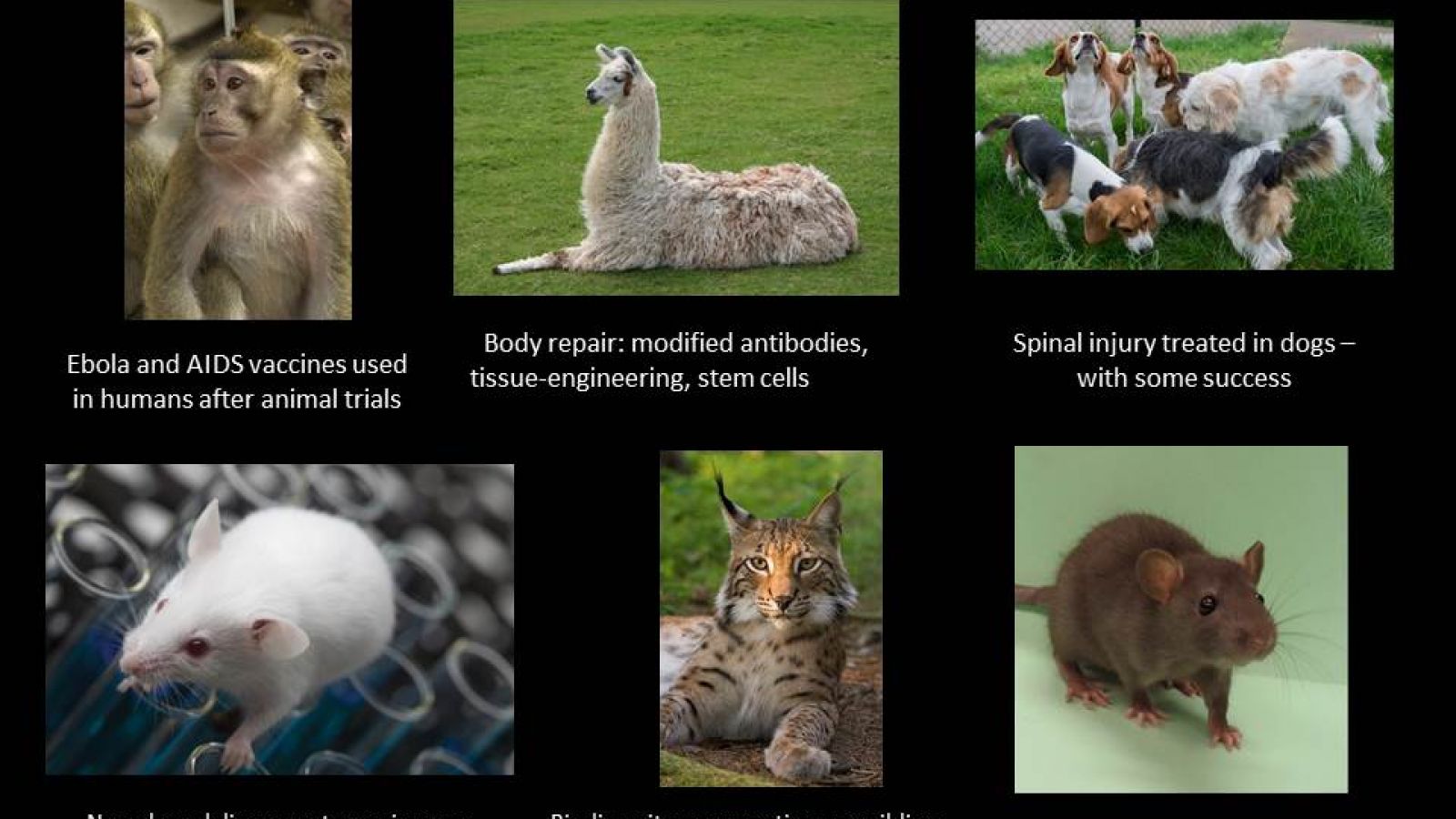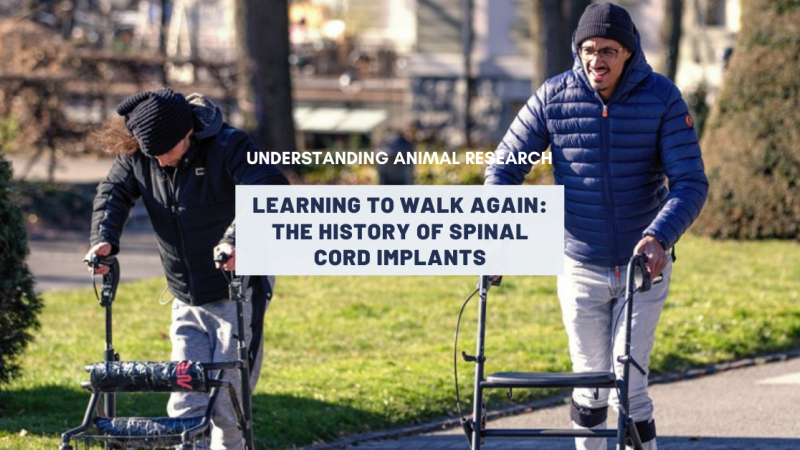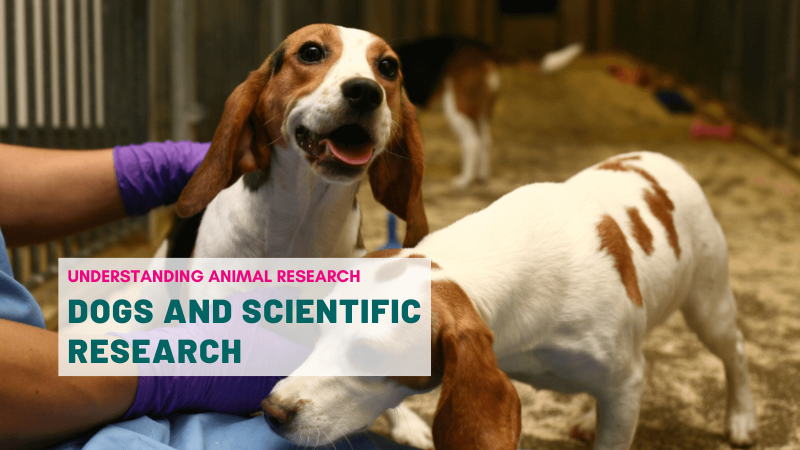
This year in animal research – 2015
A review of this year as filtered by UAR and several themes emerged: there were reports of new vaccines against AIDS, Ebola and malaria; new drug delivery systems, sometimes for cancer treatment; cell and tissue engineering; and many biodiversity conservation stories including our own contribution to the re-wilding debate. This is our subjective pick of the highlights.
Vaccines
A phase 1 clinical trial of an AIDS vaccine is being conducted in 60 volunteers and will test the safety and immune responses of the vaccine following successful testing in monkeys. http://news.sciencemag.org/health/2015/10/aids-pioneer-finally-brings-aids-vaccine-clinic
The Ebola vaccine VSV-EBOV has been found to be 100% safe in 7,500 people. The vaccine, which was initially tested safe and effective in primates, has now shown extremely promising results in humans who have been in close proximity to Ebola patients. It is estimated that overall the effectiveness of the vaccine will be 80-100%.
http://www.telegraph.co.uk/…/Remarkable-Ebola-vaccine-creat… http://www.ncbi.nlm.nih.gov/pmc/articles/PMC2704787/
Today (01/09/15) it was announced that a Meningitis B vaccination will be available to all new-born babies across the UK. The vaccine was originally developed in mice.
https://www.understandinganimalresearch.org.uk/news/meningitis-b-vaccine-one-step-closer/ and http://www.bbc.co.uk/news/health-34084999
First MERS vaccine shows promise in mice and monkeys. https://www.newscientist.com/article/dn27970-first-mers-vaccine-to-be-tested-in-monkeys-shows-promise/
Drug delivery
Magnetic nanoparticles tested in rodents can open the blood-brain barrier and deliver molecules directly to the brain. The barrier is temporary opened at a desired location for approximately 2 hours by a small elevation of the temperature generated by the nanoparticles when exposed to a radio-frequency field. Currently brain tumours for example are difficult to treat because of the barrier. http://phys.org/news/2015-03-nanorobotic-agents-blood-brain-barrier-brain.html
In experiments on arthritic mice, an injection of the micro-vesicles into the joints reduced cartilage damage. Plus, arthritis was worse in mice that made lower than usual levels of these micro-vesicles. The protein may even repair damage. http://www.dailymail.co.uk/health/article-3333789/New-treatment-ease-agony-arthritis-Tiny-bubbles-body-s-cells-slash-need-surgery.html and http://stm.sciencemag.org/content/7/315/315ra190
Body repair: gene-editing, stem-cell and tissue-engineering
Llama antibodies may pave the way for new treatments for HIV. Originally identified during attempts to incorporate antibodies into toothpastes, llama antibodies are small, less heat and pH sensitive than human antibodies. They are also far easier to refine than their human counterparts. These properties make them good candidates for HIV vaccine design. http://www.the-scientist.com/?articles.view%2FarticleNo%2F42782%2Ftitle%2FLlamas-as-Lab-Rats%2F and https://www.understandinganimalresearch.org.uk/news/llama-antibodies-reach-the-parts-others-do-not/
A new gene-editing method halts the production of brain destroying protein that causes Huntington’s disease. Huntington’s disease is a neurological condition caused by brain-destroying mutant proteins which afflicts about 30,000 Americans and has no cure. A new gene-editing method can halt the production of the defective proteins in mice. This is the first time the new CRISPR method, which uses RNA-guided enzymes to snip out or add segments of DNA to a cell, is applied to Huntington’s disease. http://news.sciencemag.org/biology/2015/10/gene-editing-method-halts-production-brain-destroying-proteins
A clinical trial of 19 paraplegic dogs at North Carolina State University has shown that spinal injuries require individualised treatments. All the animals had similar spinal injuries and all were treated with two drugs and a placebo (in a random order in two week blocks). Though neither drug was better, both were effective, and different treatments worked for different dogs.
http://medicalxpress.com/news/2015-01-dog-paralysis-customized-treatments.html
Young blood helps repair fractured bones of ageing mice. Once again the blood of young individuals seems to have a miraculous effect on older mice. (http://www.animalresearch.info/en/medical-advances/diseases-research/ageing/ ) Over the past years, researchers have reversed muscle atrophy, memory loss, heart degradation, cognitive decline and now bow degradation by pumping the blood of young mice into older animals. Fractured bones of old mice fixed themselves much faster if they received the blood from young mice. http://www.newscientist.com/article/dn27562-young-blood-helps-repair-fractured-bones-of-ageing-mice.html
For the first time, scientists have managed to grow a functional rat forelimb in a lab from living cells. http://www.newscientist.com/article/mg22630243.300-worlds-first-biolimb-rat-forelimb-grown-in-the-lab.html?page=1#.VXAg0flVhBc
Profoundly deaf mice have had their hearing improved by a gene therapy treatment using a genetically modified virus. http://www.bbc.co.uk/news/health-33442820
Stem cell trial aims to cure age-related macular degeneration. http://www.bbc.co.uk/news/health-34384073
Animal studies underpinning research: http://speakingofresearch.com/2014/10/15/stem-cells-restore-vision-thanks-mice/
Cancer
Panorama reported on the cancer patients who are pioneering a new generation of drug treatments. Patients given just months to live are keeping the disease at bay for years; for some there is even talk of a cure. One part of the programme showed mice being used for paediatric oncology research, another used avatars to understand rare tumours. The programme made it clear that any one area of research doesn't always work and that many types of research are used to find treatments for cancers, including work on animals.
This programme will be available for two months on the BBC iplayer here: http://www.bbc.co.uk/programmes/b052sjsg
Patients with glioblastoma, a type of malignant brain tumour, usually survive fewer than 15 months following diagnosis. Since there are no effective treatments for the deadly disease, University of California, San Diego researchers developed a new computational strategy to search for molecules that could be developed into glioblastoma drugs. In mouse models of human glioblastoma, one molecule they found shrank the average tumour size by half. http://ucsdnews.ucsd.edu/pressrelease/new_computational_strategy_finds_brain_tumor_shrinking_molecules
Conservation
Jennifer Crees at the Zoological Society of London and her colleagues analysed 48 mammalian conservation programmes, ranging from the successful protection of the golden lion tamarin to the failed attempt to save the Yangtze River dolphin. Whereas national-level legislation did not necessarily lead to good outcomes, intensity of local law enforcement did. Moreover, reducing the threats to animals — such as habitat loss and hunting — was crucial for long-term survival.
No link was found between the outcomes of recovery programmes and biological factors such as body mass and habitat type, suggesting that well-designed conservation programmes should work across different species.
Conserv. Biol. http://doi.org/87v (2015)
Let in the Lynx: The removal of border defences between Germany and the Czech Republic at the end of the cold war allowed Eurasian lynx (Lynx lynx) to move west into new hunting grounds in Bavaria. A re-wilding had begun. By 1992 there had been more than twenty sightings of lynx in the southern part of the Black Forest. Other re-introductions in Switzerland and France have contributed to the spread of lynx back into west Europe, but nowhere is it common, as you would expect with a solitary top predator that requires many square kilometres of range. https://www.understandinganimalresearch.org.uk/news/let-in-the-lynx/
A mystery disease is killing off the saiga antelopes. Around 120,000 saiga antelopes, almost half of the world’s remaining population have been killed and we don’t know why.
"It's very dramatic and traumatic, with 100 per cent mortality," said Richard Kock of the Royal Veterinary College in Hatfield. "I know of no example in history with this level of mortality, killing all the animals and all the calves." The animals die through severe diarrhoea and difficulty breathing. http://www.newscientist.com/article/dn27598-mystery-disease-claims-half-world-population-of-saiga-antelopes.html#.VWb2xGTtmkp
For the first time, researchers have eliminated a devastating amphibian fungal disease in a population of toads. The chytrid fungus is highly infectious and is responsible for devastating amphibian populations worldwide. Over five years, a team of researchers was able to clear the disease from toads which are native to the Spanish island of Mallorca.
Details in the journal Biology Letters. DOI: 10.1098/rsbl.2015.0874
Last edited: 29 July 2022 13:48



